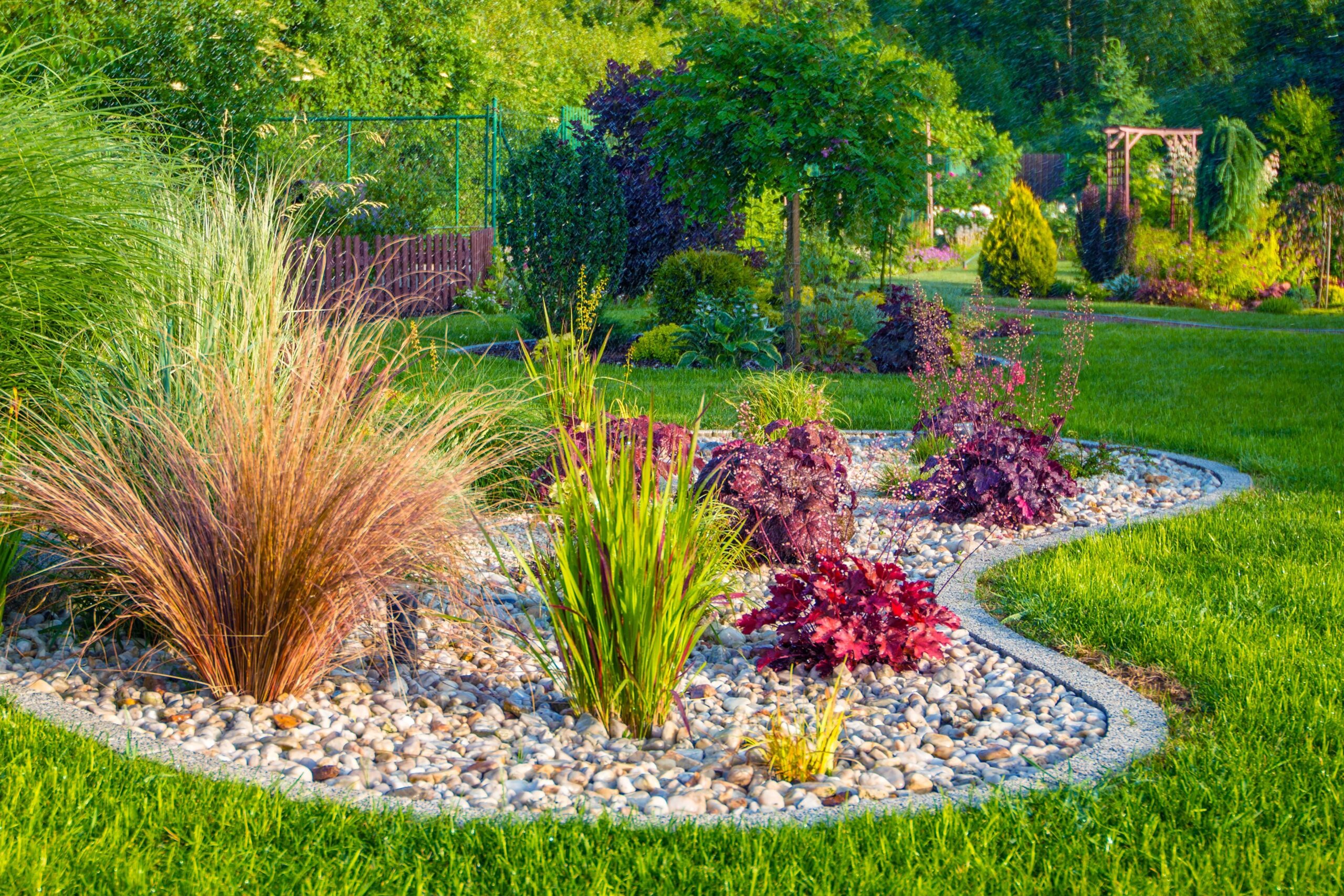Landscape design is an artistic art form that conveys not just the aesthetic preferences, but also the connection with the natural world and our yearning for functional outdoor areas. As we step into the backyards or wander through public parks, we are often enveloped in a quiet dialogue between the plants, the features, and the overall design. It’s a language spoken through colors, materials, and patterns that not only enhances beauty but also nurtures well-being and connection to the environment.
In this investigation of the communication of plants, we will delve into various landscape design concepts and methods that can transform any outdoor space into a oasis. From contemporary to classic styles and from eco-friendly designs to creative hardscaping, these ideas will help you explore the possibilities available to design a breathtaking backyard that reflects your individual style and satisfies your lifestyle needs. Whether you're a novice or an experienced gardener, our guide will provide ideas and practical tips to help you create your ideal landscape.
Best Landscape Decor Suggestions
Creating a stunning backyard starts with careful planning and innovation. One of the premier suggestions is to blend a diversity of plant kinds to create a vibrant and interesting visual delight. Combining perennials with seasonal flowers guarantees there will consistently be something in bloom throughout the months, while incorporating different textures and colors can contribute depth and interest to the landscape. Additionally, using flowering shrubs can provide structure and seasonal highlights, making your landscape lively year-round.
Another efficient strategy is to add hardscaping components, such as terraces, pathways, and platforms, which act as the backbone of your outdoor space. Take a look at the site here offer practical areas for rest and hosting but also help to define various sections of your garden. Employing materials like natural stone, brick, or cement can enhance the natural features and achieve a cohesive look. Adding features like supportive barriers or raised garden beds can also enhance the overall plan while tackling any drainage or elevation issues.
Lastly, reflect on the influence of illumination on your landscape design. Carefully placed outdoor lights can establish ambiance, highlight key aspects, and enhance safety during nighttime hours. Gentle pathway illumination or uplighting on trees can transform your backyard into a charming space after nightfall. By carefully combining plant life, hardscaping, and lighting, you can design a backyard that is not only stunning but also practical and friendly.
Eco-Friendly and Minimal Maintenance Landscaping
Designing a sustainable landscape plan goes hand in hand with creating a minimal maintenance garden. By choosing indigenous plants that are well-adapted to the local climate and soil conditions, homeowners can minimize water consumption and the necessity for fertilizers and pesticides. Indigenous plants often require less care since they grow organically in the environment. Incorporating drought-resistant varieties can further enhance green practices while maintaining aesthetic appeal in the landscape.

Along with plant selection, incorporating hardscaping features can significantly lower upkeep requirements. Elements such as trails, decks, and retaining walls not only provide aesthetic value but also aid manage water drainage and soil wear. Using porous materials enables rainwater to soak into the ground, reducing excess water flow and enhancing groundwater refill. These hardscape elements can match your green spaces while reducing the work needed for care.
Another key aspect of sustainable and low-maintenance landscaping is the application of bark mulch and ground covers. Using organic mulch can minimize weeds, retain moisture, and boost soil fertility as it breaks down over time. Ground covers like moss phlox or stonecrop can fill spaces without demanding mowing, offering coverage and color with low effort. By focusing on these tactics, homeowners can experience a stunning landscape that reflects green principles and reduces time on maintenance.
Designing for Beauty and Practicality
Establishing a cohesive landscape design requires a careful harmony between aesthetics and functionality. While choosing plants, materials, and features, it is important to evaluate how they combine to create an welcoming space. A stunning garden can act as a peaceful retreat or a lively gathering area, but its design must also meet practical needs such as accessibility, maintenance, and usability. By including pathways, seating areas, and focal points, homeowners can make sure that their outdoor spaces are both aesthetically pleasing and practical for daily activities.
Adding hardscaping elements is a crucial strategy in achieving this balance. Features such as patios, walkways, and walls not only enhance visual interest but also provide framework within the landscape. These elements can create separate areas for cooking, entertaining, or relaxation, while also contributing to manage water drainage and reduce yard maintenance. The selection of materials for hardscaping can supplement the overall design style, whether that be contemporary or traditional, ensuring a cohesive look that aligns with the homeowner's vision.
Lighting plays a crucial role in elevating landscape design, allowing for the enrichment of outdoor spaces while improving safety and accessibility. Carefully positioned lighting fixtures can highlight features like water elements, unique plants, or architectural details, creating a captivating atmosphere at night. Additionally, landscaping with a focus on both beauty and practicality can lead to sustainable outcomes, using native plants and sustainable practices to create an appealing, low-maintenance environment that supports local wildlife and reduces resource use.
